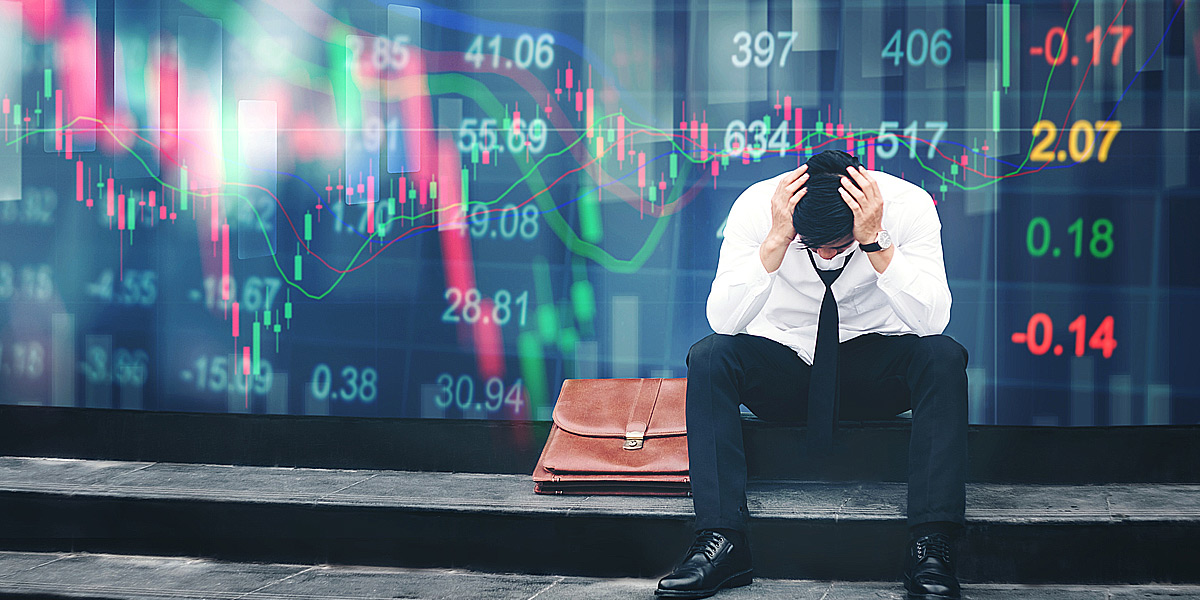Is your head spinning? You’re not alone. It’s been a tumultuous six weeks for the markets, with U.S. gains for the year wiped out1 on November 20. Tech stocks, which make up a good chunk of Wall Street’s main indexes the Dow Jones Industrial Average and the NASDAQ, felt the brunt of investors’ anxieties as they contemplate the potential fallout of trade tensions between the U.S. and China, slowing growth and rising interest rates. The pessimism crossed over into Europe and the Chinese markets of Shanghai and Shenzhen, too.
This is the world we live in and things can change on a dime–as they appeared to after two key announcements. On November 28, Federal Reserve Chair Jerome Powell gave a speech that many took to indicate interest rate increases may taper off, which sent markets soaring.2 Three days later, after a highly anticipated dinner between U.S. President Donald Trump and Chinese President Xi Jinping following the G20 meeting on November 30, the two agreed to stop imposing new tariffs–at least temporarily–setting the stage for a potential year-end market rally.
While this is good news, it’s important to understand the backdrop and a few new wrinkles that are making market uncertainty the new normal: slowing growth met with rising interest rates and the rise of ETFs. Let’s start with a little economics. Typically, central banks raise interest rates to slow the momentum of a too-fast growing economy and to mitigate inflationary pressures. In this case, I believe, the central banks are raising rates because of the fallout of tariffs that is already boosting prices. So costs are higher but there is no accompanying growth.
At the same time, markets are dealing with the rise of Exchange Traded Funds, which typically track a stock index and shares trade just like common stocks. So if a sell off of technology stocks is happening within an ETF, the whole fund dips, impacting the values of other stocks it holds beyond the confines of the fund. Everything is inter-related and it’s scary.
So what do investors do? Take a step back and look closely at your portfolio. Those investments you were considering a few months ago are probably cheaper today. As an advisor and investor myself, I’ve been re-allocating money to investments that were maybe too expensive before but are now affordable and can work in this current environment of uncertainty.
I’m not alone. Central banks and mutual fund money managers across the board are taking another look at their strategies. Individual investors should do the same. Revisit your holdings to make sure they make sense with what’s happening in the world especially with respect to trade.
My best advice: Stay in the market. Move your money around. Go shopping for deals where it makes sense. Look into stocks that pay dividends. We know, based on 60 years of historical data, more than 50% of an investor’s returns come from dividends. Consider the numbers. If you can earn a 5% dividend and then a 5% return on your investment, then you have an opportunity to make an overall 10% rate of return. This drop in the market is not different. We’ve been through 1999, 2008, 2011 and one of the key lessons learned is that the best times often come after the worst. Those investors who stayed in the markets and bought during those dips came out ahead. So relax and adjust. Even people who are entering retirement still have time to ride this current wave.
Call Me or Email Me
My approach to investing is straightforward. I study the markets, global economies and what’s happening within industries to be in a position to best help my clients find good quality investments that will help them meet their goals. I build custom portfolios for each client. I welcome you to call me at 416-332-3863 or email me at allan@allansmall.com.
References
- Stocks Fall, Wiping Out Gains for 2018, The New York Times
- Stocks Leap as Fed Chief Hints Interest Rate Increases May Taper Off, Voice of America News

